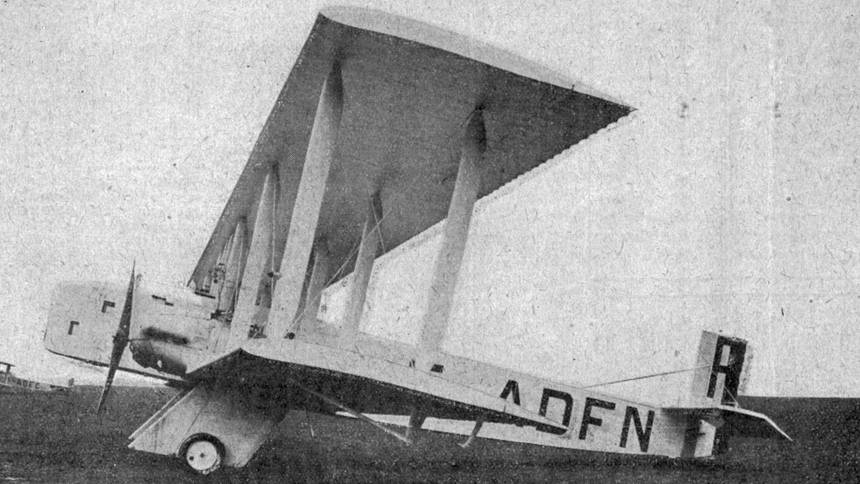Dr. Steven Fawkes defines elegance as “the quality of being pleasingly ingenious and simple.”
Towards a new architecture was the English title for Le Corbusier’s Vers une architecture, a collection of essays written for a magazine starting in 1921. In a chapter extolling the virtues of airplanes, he notes that everything about an airplane “lies in the logic which governed the enunciation of the problem and which led to its successful realization.” In almost no time at all, the airplane had changed the world.
In Le Corbusier’s beloved airplanes, everything was about efficiency and economy; pilots then and now had to know the weight of everything and the exact amount of fuel to get that plane and its contents to its destination. Airlines today spend billions on new planes that squeeze out the most passenger-miles per pound of fuel. If you didn’t have enough fuel, you had a serious problem.
Today, we have a different kind of fuel problem – we have to stop burning it, we have to stop releasing the carbon dioxide that is cooking the planet. That means thinking about radical efficiencies, rethinking both the design of our houses and where we put them. Corb wrote:
The airplane shows us that a problem well stated finds its solution. To wish to fly like a bird is to state the problem badly… To invent a flying machine having in mind nothing alien to pure mechanics, that is to say, to search for a means of suspension in the air and a means of propulsion, was to put the problem properly: in less than ten years, the whole world could fly.
 Bleriot Spad via Wikipedia/Public Domain
Bleriot Spad via Wikipedia/Public Domain
